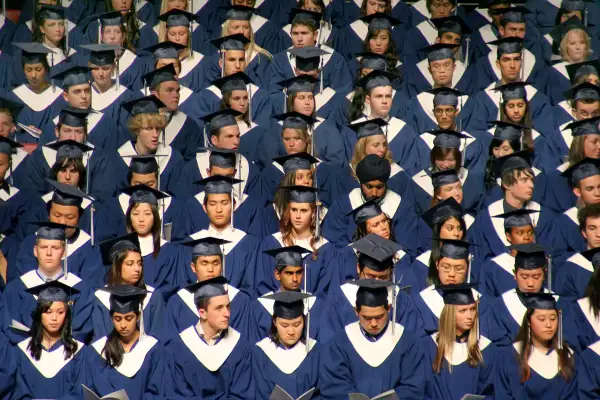Student Loan Forgiveness Update: What We Know Now About the Timeline and Lawsuits

President Joe Biden’s student loan forgiveness plan has been stuck in legal limbo for weeks.
While relief of up to $20,000 of federal student loan debt per borrower is on hold, the Biden administration has been optimistic in its messaging about forgiveness, spurring confusion for many borrowers.
“Debt relief is here,” reads an announcement from the Department of Education that was posted to Twitter on Saturday.
The announcement linked to the online portal where applications are being accepted, but the department has not yet been able to cancel anyone’s debt because of an ongoing court case.
Similarly, when asked about that court case, Biden told a NewsNation reporter in an interview at the end of October that debt-relief checks could start rolling out the week of Nov. 7.
"We're going to win that case," Biden said on Oct. 27. "I think in the next two weeks you're going to see those checks going out."
However, even if the court decides to allow the Biden administration to begin processing debt relief this week, forgiveness will not come in the form of a check.
Here’s what we know so far about the legal challenges facing Biden’s forgiveness plan and when you might see your debt forgiven.
Student loan forgiveness lawsuits
Since August, when the Biden administration announced its program to cancel student debt for approximately 40 million borrowers, the plan has been challenged in court at least six times.
Here’s what’s happening, in a nutshell: While there are several lawsuits, legal experts agree the chief challenge comes from a suit filed by Republican attorneys general in six states who argue Biden’s plan skirts congressional authority and could damage the respective states' tax revenues.
On Oct. 20, a district court judge threw out that case, but the six states appealed the decision. A separate federal appeals court is taking up the case but has not ruled on it. In the meantime, the appeals court granted a temporary stay, which is an order that blocks any loan forgiveness for the time being.
What the stay does not do is keep borrowers from applying for forgiveness. If you believe you qualify, you should apply regardless of the legal battle.
Last week, the White House said about 26 million borrowers have applied for forgiveness and 16 million of them have been approved, though it's not clear when the Education Department will alert approved applicants.
So far, no one has received forgiveness yet due to the court order. It’s unclear when the court will decide whether or not to issue an injunction. An injunction would block forgiveness from happening as the court case plays out. This could drastically delay forgiveness if not upend the debt relief plan entirely.
Student loan forgiveness timeline: Key dates
Here are several dates to keep in mind that are based on the planned forgiveness timeline. Of course, due to legal challenges, some dates are subject to change.
- Nov. 14: Approximately 8 million borrowers are eligible for automatic forgiveness — meaning they won’t even have to apply to get their loans discharged. The Education Department plans to automatically process forgiveness for these folks after Nov. 14. Those who want to opt out of automatic forgiveness have until Nov. 14 to do so; they must contact one of their loan servicers by this date to deny the benefit.
- Nov. 15: The vast majority of borrowers will want to apply for forgiveness by mid-November. Given that forgiveness will likely take several weeks, the Education Department has recommended people get their applications in around this date to ensure their loans are discharged before payments restart in 2023.
- Early December: Assuming the Education Department’s six-week estimation of forgiveness holds true, many borrowers who applied for forgiveness around the time the application opened in October should begin to see their loan balances drop during this period.
- Dec. 11: Throughout this week, student loan servicers should begin reaching out to borrowers with remaining loan balances to remind them that their payments will be restarting in 2023.
- Jan. 1, 2023: In January, federal student loan payments will restart after having been suspended seven times since March 2020 due to the pandemic. The exact loan payment restart date may vary by servicer, but on this day, the federal payment pause is officially scheduled to end.
- Dec. 31, 2023: The student loan forgiveness application closes. Federal student loan borrowers only have until the end of 2023 to apply for one-time forgiveness through the Biden administration’s program. There are no plans for any more broad student loan forgiveness in the future.
More from Money
How the Midterm Elections Could Affect Inflation, Taxes and the Economy
New Pay Transparency Laws Could Help You Get a Raise
17 States Giving Out Stimulus Checks and Tax Rebates This Fall

